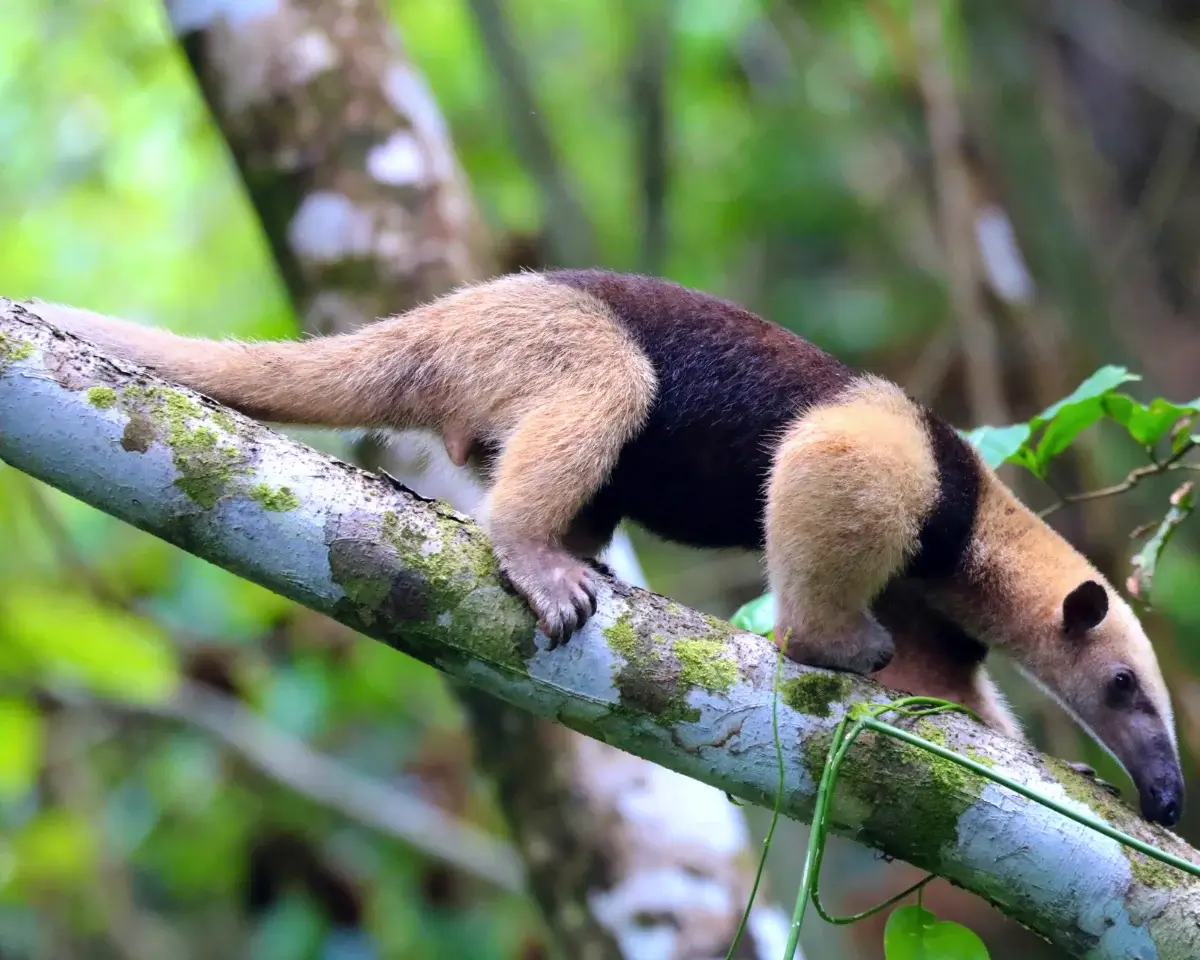Scientists believe that early whales actually walked the earth. The theory, supported by recent fossil finds in the foothills of the Himalayas, is that about 53.5 million years ago, whales were amphibious. They originated as land mammals, and gradually ventured into the water in search of food. They fed on fresh and saltwater fish. Eventually, they lost their legs and nostrils, and became the creatures we know today.
Marine mammals such as whales spend their entire lives at sea. So how can they sleep and not drown? Scientists have observed two basic methods of sleeping: They either rest quietly in the water, vertically or horizontally, or sleep while swimming slowly next to another animal. Young whales rest, eat, and sleep while their mother swims, towing them along in her slipstream. This is called “echelon swimming.” At these times, the mother will also sleep on the move. In fact, she cannot stop swimming for the first several weeks of a newborn’s life. If she does for any length of time, the calf will begin to sink; it is not born with enough body fat or blubber to float easily.
Killer whales are the largest dolphins. They get their name because they sometimes eat other, larger whales.
The voice of the blue whale is one of the deepest voices on the planet. It is so powerful that it can travel for perhaps a hundred miles underwater.
The blue whale is the largest whale. They may grow up to 100 feet and weight as much as several elephants.
Some whales do not have teeth. They have baleen instead. Baleen whales do not have teeth. They have baleen. Baleen is made of the same material as our fingernails or hair. Each baleen plate overlaps the next. Baleen plates hang from the upper jaw of the whale, sort of like vertical blinds (It feels like thick plastic hair!)
Baleen whales eat plankton such as krill and small fish. Depending on the kind of toothed whale, it may eat may eat fish, squid, crabs, shrimp, seastars, sharks, seals, sea lions, penguins, even other whales, dolphins and porpoises.
Whales do not have gills, so they cannot breathe under water. They must come up to the surface of the water to get air. The air is breathed in and out through their “blowhole,” which is on their back.
Whales “migrate” further than any other animal. In the warm summer months, whales feast to build up their blubber and other fat reserves. Then, as the weather and water begin to cool when winter approaches, the whales begin their migration to warmer places. They do not stop to eat, but swim almost constantly, stopping only to rest for short periods of time. Just off the coast of Uvita-Bahia Ballena near the Osa Peninsula the humpback whales demonstrate their acrobatic ability! Come join us for whale watching and dolphin encounters during our boat tours!




